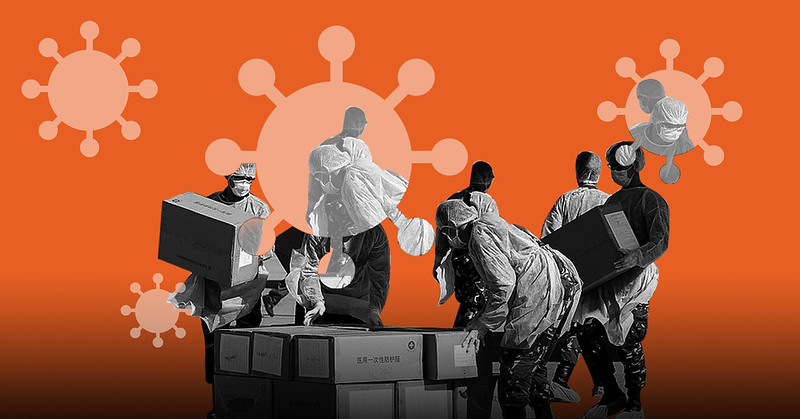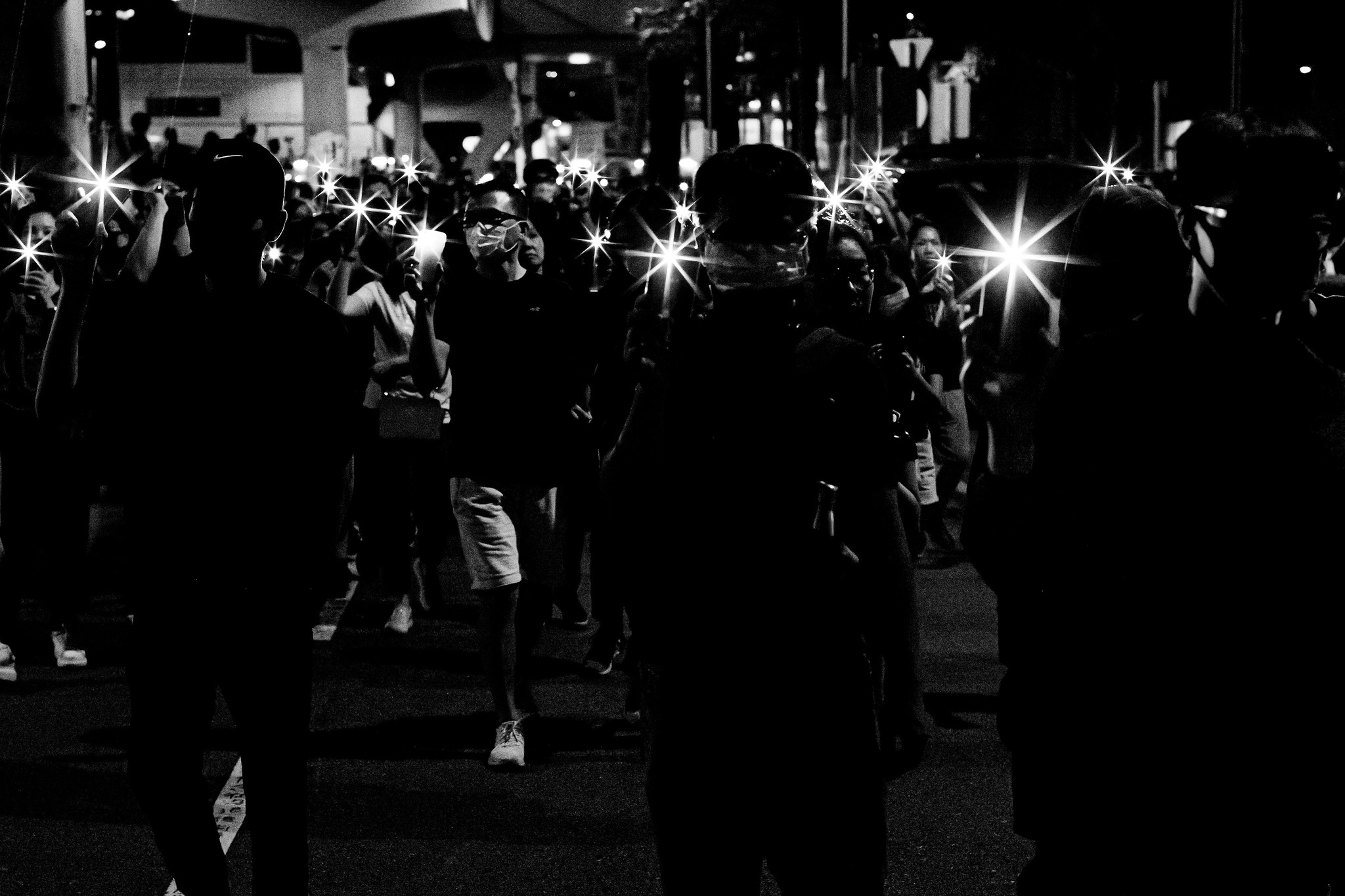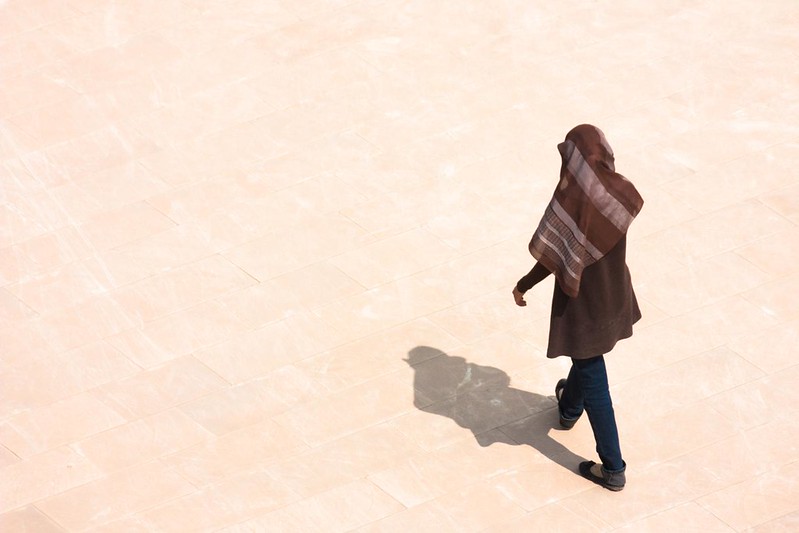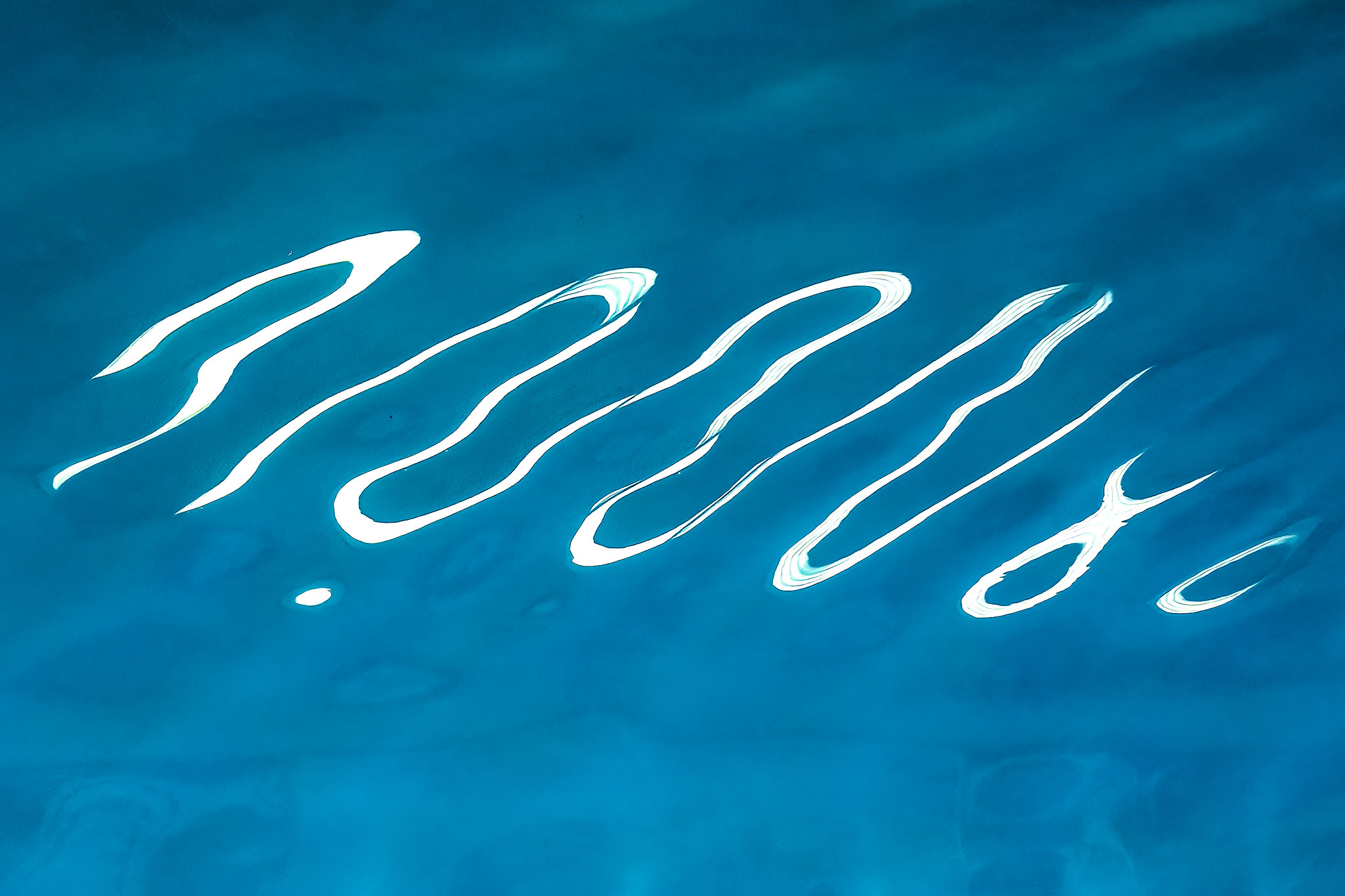On December 30 of last year, someone wearing a niqab threw acid in the face of 20 year old Victoria’s Secret shop assistant, Naomi Oni as she returned home after a late shift work one night. As Naomi Oni approached the flat she shared with her mother in Dagenham, East London, she caught a glimpse of the attacker before the acid was thrown at her.
Naomi Oni was almost blinded in the terrible, apparently random attack, although the Daily Mail guesses that this attack may have been motivated by Oni’s work at Victoria’s Secret – despite the considerable lack of information on the person who committed the crime, beyond the fact that they were dressed in a niqab when they did so.
Unsurprisingly, several of the best rated comments left at the Daily Mail report on the attack have focused on how necessary it is for niqabs to be banned, asking “Why are ALL face coverings not BANNED?” and “NOW can we ban the revolting face covering? All over the world women in the full black have been used as suicide bombers. It is a safety issue.”
Calling to ban the niqab, along with other face coverings, for the sake of safety is not new, although it’s questionable whether safety is ever really the main goal. Daniel Pipes of the Middle East Forum (who, as it happens, was also listed among FAIR’s “Dirty Dozen” Islamophobes in a 2008 report), has compiled an extensive list of a wide range of crimes and other illegal activities from a wide range of countries committed by people wearing niqab. The list ranges fromKenyan sex workers in Mombasa who wear the niqab in order to hide their identities and avoid detection and arrest by the police in a country where prostitution is illegal, to a French businessman who wore the hijab to flee Dubai in order to escape charges of embezzling millions of dollars (a claim he denies). The list claims to show just how much of a security threat niqabs (and burqas too) are on a global scale.
Daniel Pipes has also named Philadelphia, a city in Pennsylvania, USA as “the capital of the Western world as regards female Islamic garb as an accessory to crime”. In Philadelphia, niqabs have apparently provided cover for bank robberies, murders, and a kidnapping and each of these cases lead to calls to ban the “burqa and niqab”. In response, Muslim organisations vocally condemned the use of niqab by criminals, while worrying that innocent Muslim women wearing niqab would be further ostracised.Considering the relative ease with which one can purchase a niqab, these “niqabi criminals” could easily have worn it for anonymity. That is, the perpetrators of these crimes may or may not have been Muslim, and if they had chosen to wear a mask or balaclava rather than a niqab, their religion might be deemed irrelevant. Does that then mean that masks and balaclavas should be banned? There have certainly been various bans of the balaclava, as well as protests involving the wearing of balaclavas to protest burqas such as Wear A Balaclava Day in Australia,organised following an incident a woman allegedly using her niqab to avoid a jail sentence she faced for making a deliberate false statement to the police. Ski masks and balaclavas were also worn in the responding protest “Ban ‘Ban the Burqa’ Day”, to stand in solidarity with niqab wearing Australian citizens.
Of course it is true that there is a difference between balaclavas and niqabs: one is an article of religion clothing, the other is not. In places like Philadelphia or London where women walk around in various forms of head covering, wearing the niqab as disguise would protect the identity of would-be criminals while not drawing too much suspicion, whereas walking around in a balaclava, mask or motorcycle helmet might raise a few eyebrows – although this may be changing rapidly, with the rise of the niqabi criminal and the media coverage of this phenomenon.
I believe the difference when it comes to the niqab as opposed to ski masks or balaclavas, is the intensity of the misplaced reaction in much of the Western media, where the source of danger seems to be the niqab itself – an article of clothing – rather than the person wearing it, which is not so much the case when reporting an attack by a masked criminal.
Someone who could walk about carrying some acid that they wanted to throw on another person’s face and wanted to protect their identity could just have easily worn any type of mask – and just like banning the balaclava, banning the niqab would not necessarily spell the end to such crimes.
Further developments have come to light in Naomi Oni’s case after this post was written: two people have been arrested and then released on bail on suspicion of attacking Naomi Oni, and the police have also seized Oni’s computer in order to investigate suspicions that she may have poured the acid on herself, because apparently Oni searched the internet for websites relating to acid attacks, especially relating to the former model Katie Piper, shorting before being attacked herself. Detectives have reportedly been unable to find evidence of the attack on nearby CCTV cameras. Naomi Oni vehemently denies these claims, and the investigation continues.
Anike is a Nigerian writer and blogger currently residing in London. She is passionate about history, sexuality and Islam as it concerns African women, and she blogs as eccentricyoruba. This article was originally published on Muslimah Media Watch.
Photo credit: Jacques Delarue















